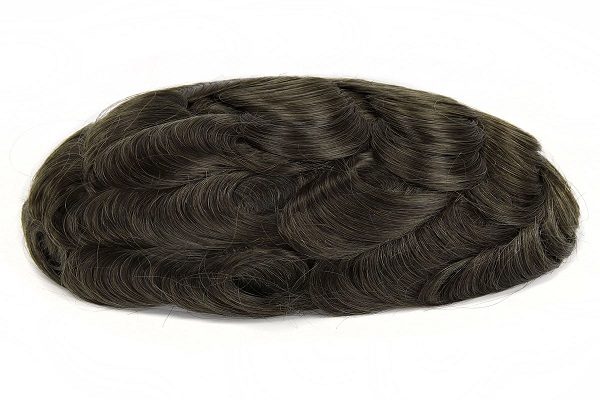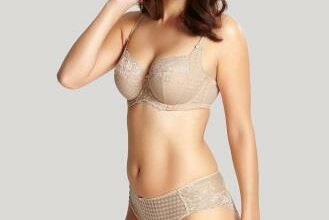What Is a Natural Color in Human Hair Wigs?

When shopping for a human hair wig, one of the most common questions is: what is a natural color in human hair wigs? Understanding this concept helps you choose a wig that looks realistic, matches your skin tone, and fits your personal style.
Defining “Natural Color” in Human Hair Wigs
In the wig industry, natural color refers to hair shades that have not been chemically dyed or altered. These are the original colors of the donor’s hair — unprocessed, raw, and authentic. Since the strands are kept in their pure form, the wig maintains its natural shine, texture, and durability.
Common natural colors range from dark brown and soft black to medium brown. You may also find lighter tones such as dark blonde or chestnut brown in certain ethnic hair types. The color is never pure black or bright — instead, it contains subtle undertones like warm brown, golden, or ashy hues, which make it look more like real scalp hair.
Why Natural Color Wigs Are Highly Valued
Natural color wigs are prized for several reasons:
- Authenticity: The undyed hair cuticles are intact, giving the wig a true-to-life luster and soft feel.
- Versatility: You can dye or bleach it later to achieve other shades without damaging the fibers.
- Durability: Since the strands haven’t been through chemical processing, they last longer and resist dryness.
- Customizability: Stylists can easily tone or color-match the wig for a perfect blend with your bio hair.
These benefits make natural color wigs a top choice for anyone seeking premium, long-lasting human hairpieces.
Common Natural Hair Color Categories
Although there’s variation between individuals and regions, human hair wigs typically fall into the following natural shades:
- Natural Black (1B): A soft black tone with brown undertones, not as intense as jet black. It’s the most popular natural color for wigs and hair extensions.
- Dark Brown (2 or 3): Rich, warm brown shades that appear lighter under sunlight.
- Medium Brown (4): A balanced neutral tone ideal for blending with lighter complexions.
- Natural Blonde: Less common but found in European hair donors; these range from dark blonde to light golden tones.
Each color type reflects real human diversity, offering wearers plenty of natural-looking choices.
4. How to Identify a True Natural Color Wig
When buying a human hair wig, you can tell it’s natural color if:
- The product description says “unprocessed” or “virgin hair.”
- The hair has soft tonal variation rather than a flat, uniform shade.
- The color lightens slightly when exposed to sunlight.
- It can be safely bleached or dyed because it has never been treated before.
Some brands label natural shades as “#1B Natural Black” or “Natural Brown”, which indicates the hair’s original tone before coloring.
Choosing the Right Natural Color for You
When selecting your ideal natural color wig:
- Match it to your eyebrow and skin undertones.
- For a natural look, choose a shade close to your root color or bio hair.
If you plan to customize, start with a lighter natural tone — it’s easier to darken than lighten later.
Conclusion
So, what is a natural color in human hair wigs?
It’s the untouched, authentic shade of real human hair — free from chemical dyes, rich in natural shine, and full of life. Choosing a natural color wig ensures a realistic appearance and gives you endless styling flexibility.
